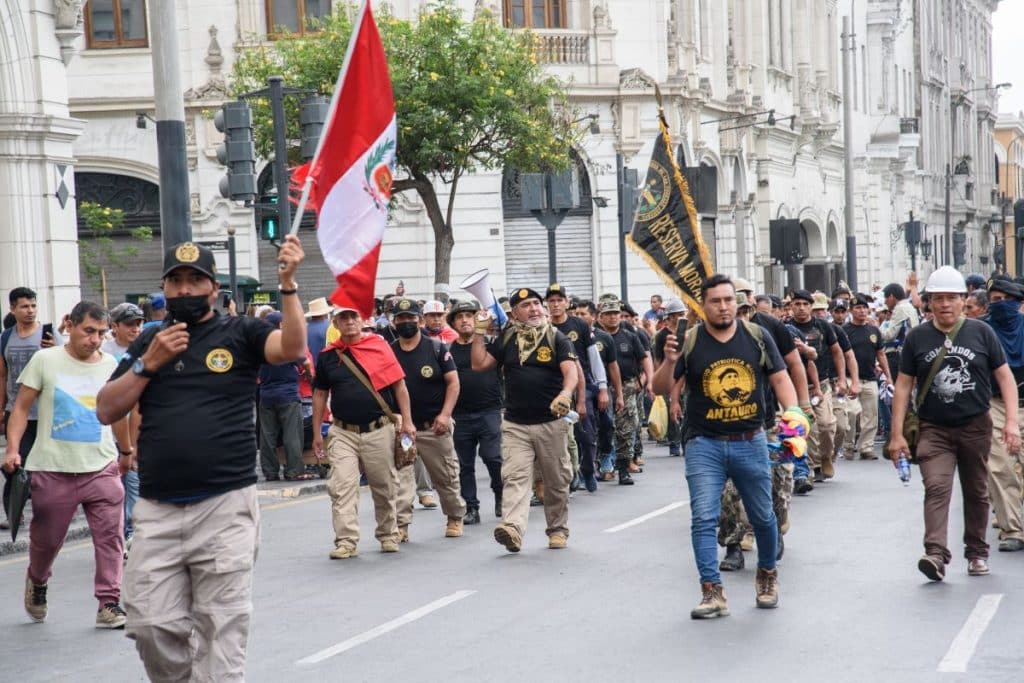Home to one of the New Seven Wonders of the World, Peru is an exotic South American destination present on all experienced travelers’ bucket lists.
As of today, the country is under “Level 2: Exercise Increased Caution” alert, which means traveling to Peru is relatively safe.
However, the country is going through a major health emergency. (More on this below).
Following nationwide riots caused by the arrest of the country’s ex-president, Pedro Castillo, peace has returned but it doesn’t feel quite stable.
Let’s dive into some of the most important aspects to take into account before booking your tickets to this majestic destination.
LATEST NEWS from Peru:
April 9 – 82 People Have Died from Dengue Fever in the First Three Months of 2024 in Peru
Deaths from dengue have gone from 29 in the first months of 2023 to 82 in the same timeframe in 2024. This represents a worrisome increase of 262%, said the Ministry of Health Thursday.
Over 233.77 people per 100,000 inhabitants are getting infected with the virus, especially on the northern coasts of the country.
On Sunday, the minister authorized the hiring of extra emergency medical personnel to help fight the breakout.
Take into account that as of today there’s no medicine that can treat dengue and vaccination is restricted to those who have already had the infection.
March 26 – The US Embassy in Peru Issues an Update on the Dengue Breakout in Peru
According to Peru’s Center for Disease Control (CDC), more than 79,741 people have contracted the dengue virus and 82 patients have lost their lives to the disease this year, making it the deadliest fatality rate in South America, says the Pan American Health Organization (PAHO).
Travelers might think this is a rainforest issue but it is happening even in metropolitan cities like Lima.
Wear loose-fitting clothes, put on repellent, and empty all water containers around your home to prevent getting bitten by the mosquito.
Areas to Avoid
Avoid the northern coasts due to a massive dengue spread.
US government personnel are not allowed to travel to the Peru-Colombia border without authorization.
And they are forbidden to travel to the Valley of the Apurímac, Ene, and Mantaro Rivers, including zones in the states of Ayacucho, Cusco, Huancavelica, and Junin.
This means that if you get in trouble in those areas, the US government has little to no capacity to assist you.
Crime Statistics
With 79.38 points, crime in Peru is considered high. These are other stats worth looking at before planning your trip to Peru, according to the database Numbeo.
| Crime level | 79.38 | High |
| Rise in crime over the last 3 years | 82.99 | Very High |
| Concerns about getting your home robbed | 57.10 | Moderate |
| Concerns about getting mugged or robbed | 74.42 | High |
| Worries about getting your car stolen | 63.35 | High |
| Concerns about getting your belongings stolen from your car | 67.06 | High |
| Worries of being attacked | 59.71 | Moderate |
| Worries of being insulted | 48.90 | Moderate |
| Concerns about getting physically attacked due to skin color, ethnic origin, gender or religion | 30.27 | Low |
| Issues with drug addicts or drug dealers | 61.71 | High |
| Vandalism and theft | 72.03 | High |
| Assault and armed robbery | 75.99 | High |
Official Travel Advisories
US Travel Advisory
Peru is ranked as “Level 2: Exercise Increased Caution,” which means the country is safe if taking common sense precautions.
The US government informs travelers that violent crime can occur even in tourist and crowded areas.
Check out media outlets for demonstrations. They are quite common across the country and, when they happen, they disrupt traffic including air traffic.
There have been reports of Americans getting robbed or sexually assaulted when under the effects of Ayahuasca and Kambo in traditional ceremonies.
Canada Travel Advisory
Visitors to Peru must “exercise a high degree of caution” due to crime, as per the Canadian government.
Avoid all non-essential travel to non-touristic areas due to terrorism, drug trafficking, and kidnappings.
Also, refrain from visiting the Peru-Colombia border over drug trafficking and the Peru-Ecuador border due to landmines.
Safety Tips for Peru
Millions of travelers flock to Peru every year and almost all of them don’t feel insecure whatsoever. However, Peru’s suffered from some political instability and crime that can have an impact on your travel plans. To make sure you have a safer trip, follow these recommendations.
- Keep yourself updated about unexpected riots that can happen in metropolitan areas and can limit your ability to move around or visit tourist landmarks.
- Petty crime is seeing a spike. So, keep your valuables out of sight.
- Peru is experiencing a massive dengue outbreak. Wear loose-fitting clothes and cover your whole body to avoid getting bitten by the dengue mosquito.
- Taking taxis on the street can lead to robberies and rape.
- Don’t open your car’s windows when driving. Street robberies are common.
- Engaging in Ayahuasca ceremonies can make you a target for thieves and rapists.
- Altitude sickness can be an issue in some areas of Peru. Consult local health providers regarding medication to reduce symptoms. It’s easy to find it in local pharmacies.
- Get vaccinated against yellow fever before departure.
- Avoid tap water or undercooked food.
- Refrain from engaging in drug trafficking. Authorities have cutting-edge technology to detect it at all ports of entry and prison sentences are long.
- Always ask before taking pictures of military personnel or facilities.
- Always carry your ID.
- Travelers have been arrested for not showing respect to Peru’s cultural, historical or sacred sites.
- Children of two nationalities must carry both passports.


